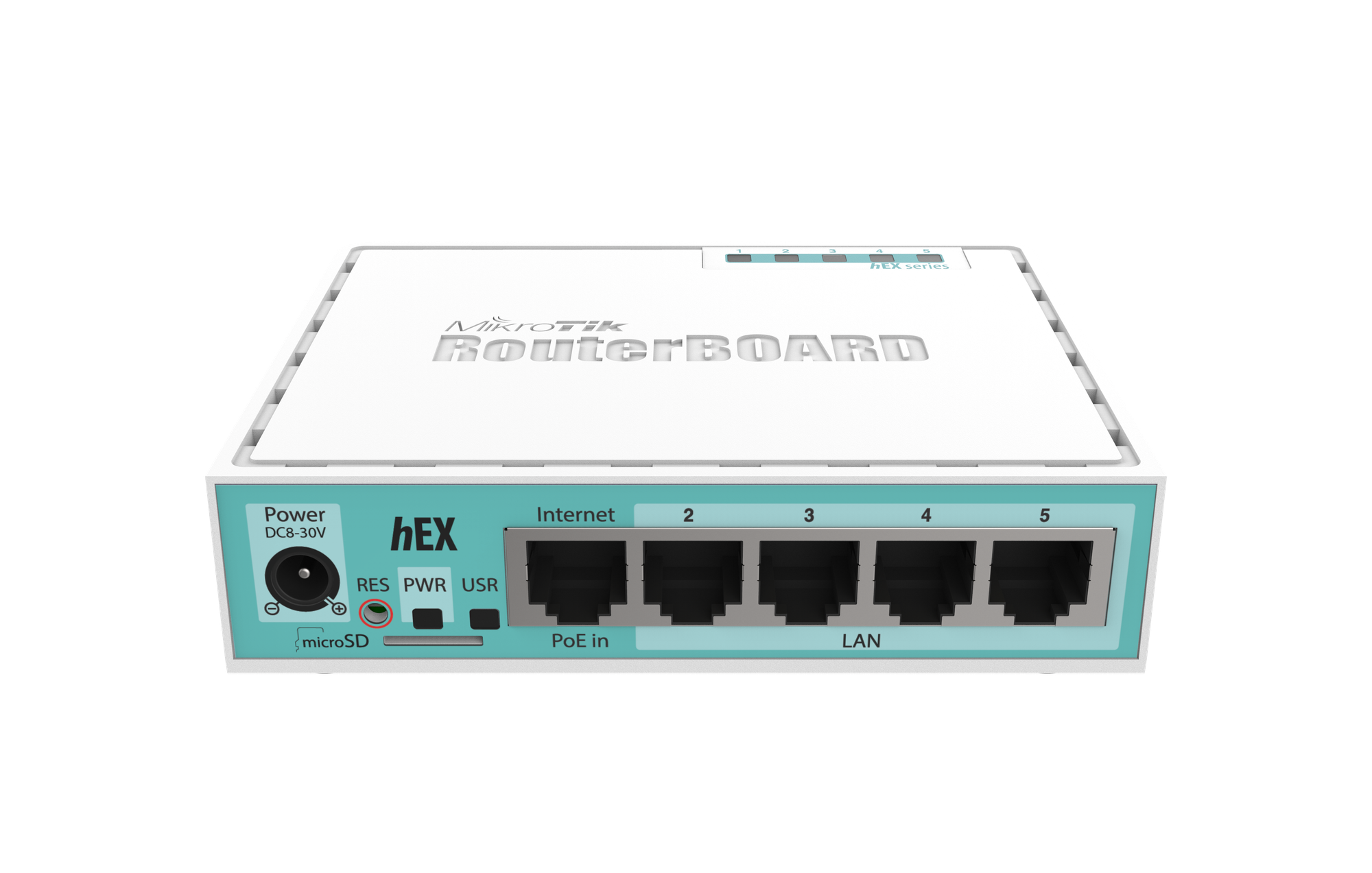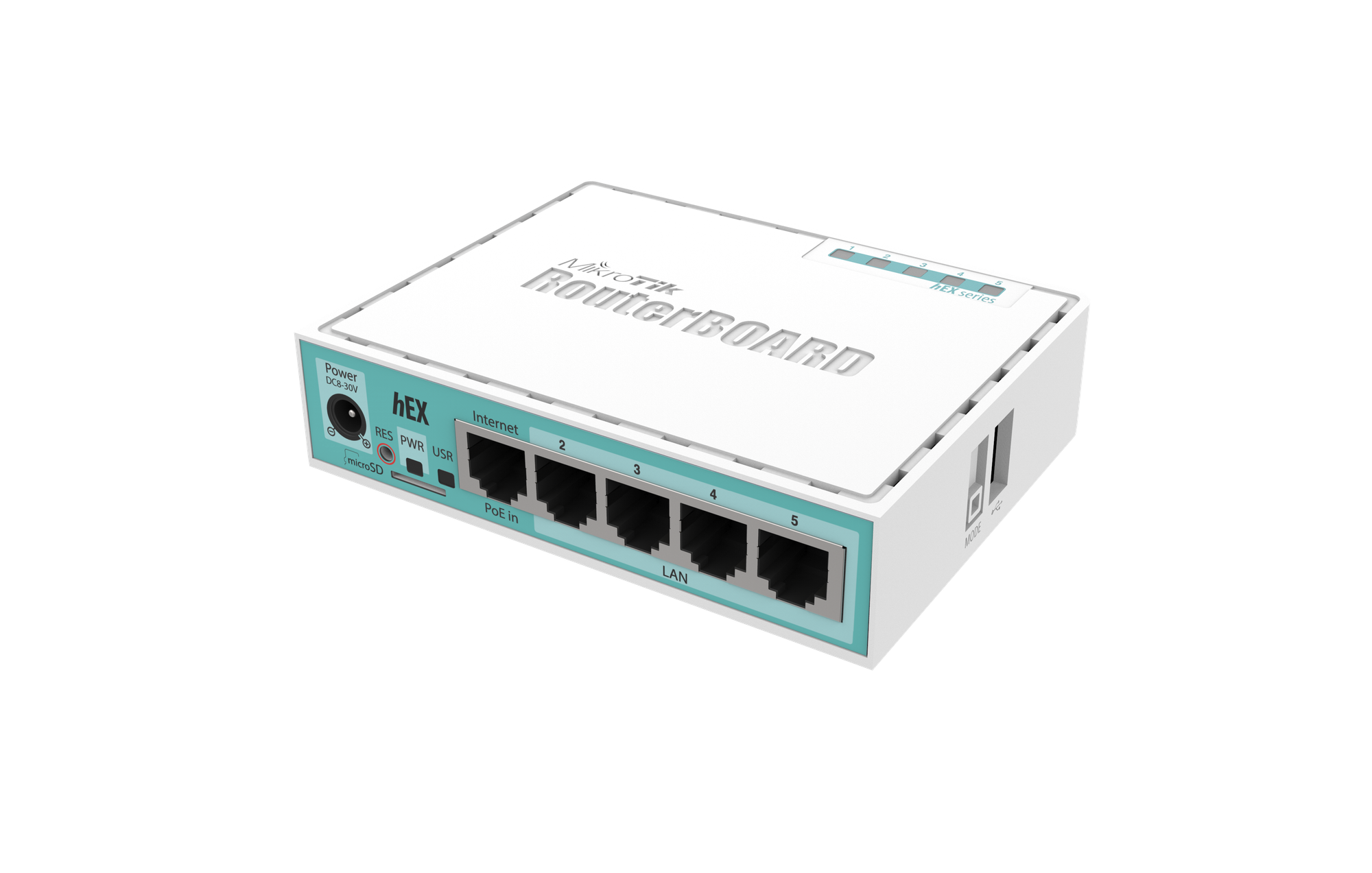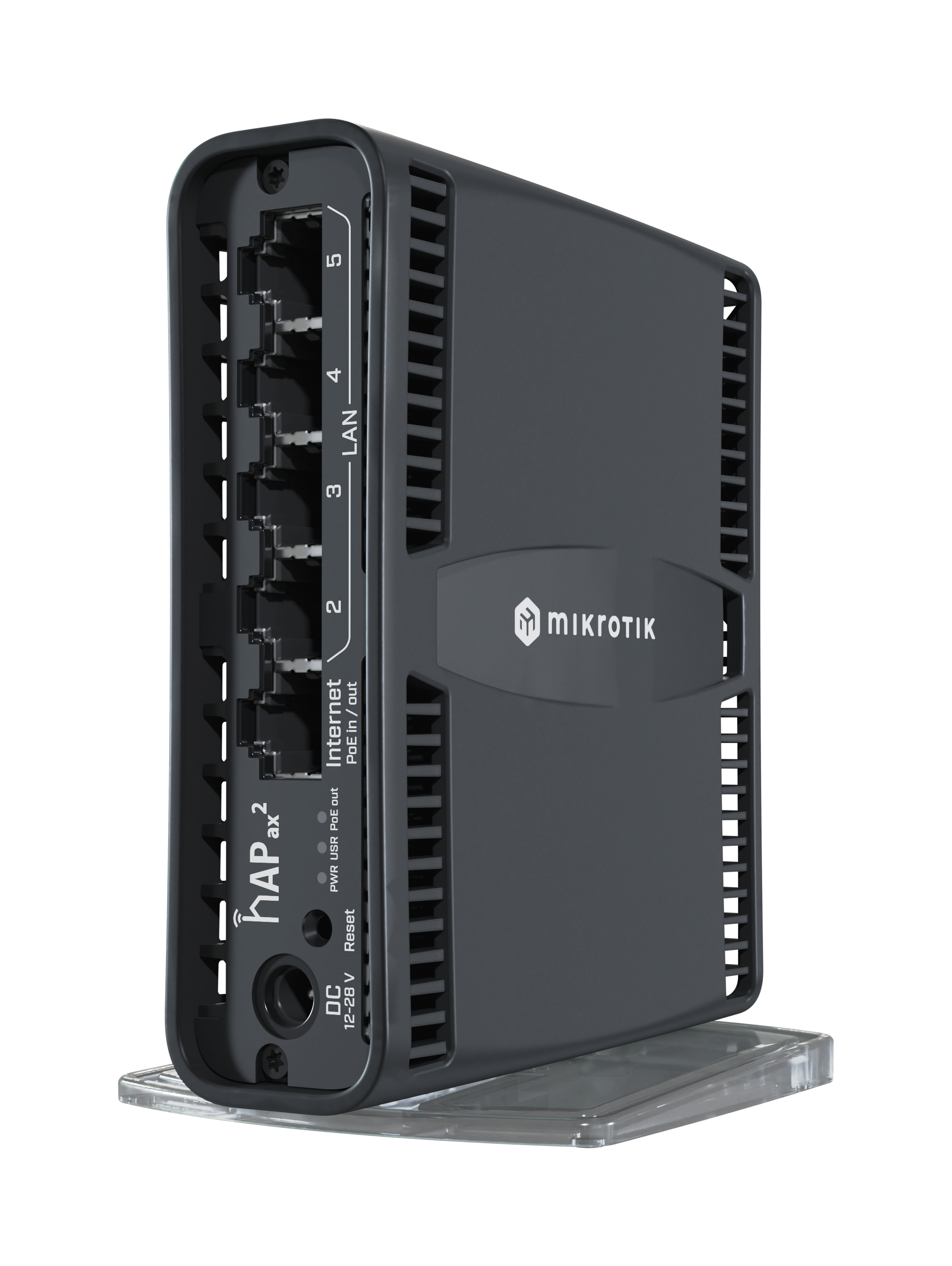Hi all, In today's post, I'm going to share my thoughts on the MikroTik hAP ax2. This is a Router/Firewall/AP that recently became part of my home network setup. If you're in a similar spot, trying to figure out the best router or firewall for your home lab, then you might find this post useful.
I know it can be tricky picking the right network gear. You want something solid that does the job well, but you also don't want to spend a fortune. That's exactly the boat I was in. So, let's dive into why I picked MikroTik over other brands and how it's been working out for me.
Why MikroTik?
As a Network Engineer who's been using a Raspberry Pi as a router and firewall for my home lab for the past couple of years, I've grown quite fond of its reliability and performance. It's been a rock-solid buddy in managing my network needs, but lately, I felt the itch for an upgrade.
The dream, of course, was to buy the shiniest, most advanced firewall out there. I had my eyes on the big names like Fortinet or Palo Alto. However, reality hit hard with their price tags – they were just too steep for my budget.
Then, I looked for alternatives like the UniFi Dream Router (UDR) and PfSense firewalls. They too, unfortunately, fell into the 'great but pricey' category. I needed something that wouldn't break the bank but still pack a punch in terms of features and performance.
That's when I stumbled upon MikroTik routers. On paper, it seemed like a tech enthusiast's dream come true – affordable yet loaded with features. It felt almost too good to be true for its price. So, I decided to give it a go and see if it lives up to the hype.
Which Model to Choose?
When I started looking into MikroTik routers, the 'hEX' model caught my eye first. For around $60, it offered 5 Gigabit Ethernet ports, a Dual Core 880MHz CPU, and 256MB of RAM. It seemed like a great deal, and I was pretty close to buying it.


But then I stumbled upon the 'hAP AX2'. This wasn't just a router/firewall, it also had built-in WiFi 6, all for just $100. That extra bit of money got me WiFi 6 and a modern quad-core CPU running at 864 MHz, not to mention a whole 1GB of RAM. Seeing the value in these added features, I decided to go for the hAP AX2.

According to MikroTik - The modern quad-core CPU running at 864 MHz combined with a solid GB of RAM packs a hefty punch when it comes to heavy operations like complex firewall rules, IPsec hardware encryption, using more threads or experimenting with the most advanced RouterOS features. And with the addition of WPA3 advanced encryption support, you’re safer than ever before.
My Lab Setup
In my home lab, I've kept things straightforward. With the MikroTik hAP AX2, one of the interfaces is dedicated to the WAN, and the rest are configured for LAN.
The great thing about this router is its flexibility. I can easily assign IP addresses to different interfaces. Plus, creating a bridge and assigning multiple ports to it essentially turns it into a switch. The hAP AX2 doesn't fall short on features and customization options. It's packed with everything I need for my home lab setup. Whether it's setting up NAT policies, configuring firewall rules, or managing a DHCP server, this router has it all.
I'm still diving into the configuration and exploring all the capabilities of the MikroTik hAP AX2. There's a lot to unpack, and I'm keen to share every bit of my experience with you. So, if you're interested in learning more about how this router performs in a real-world home lab setting, feel free to subscribe to my blog. By subscribing, you'll get all the updates and insights directly in your inbox, making sure you don't miss out on any part of this journey 🙂
Wireless Coverage
When it comes to the wireless coverage of the MikroTik hAP AX2, it's pretty decent for a device of its size. However, it's important to keep your expectations in check. Don't expect it to blanket your entire house with WiFi. In my setup, the MikroTik is placed in my upstairs room. I've noticed that the moment I head downstairs, the signal drops off completely.
So, if you're planning to rely on this device as your sole source of WiFi, especially in a multi-story home, you might want to reconsider. Adding an additional Access Point (AP) to your setup could be a wise move. This will help ensure you get consistent WiFi coverage throughout your house, avoiding any annoying dead zones.





